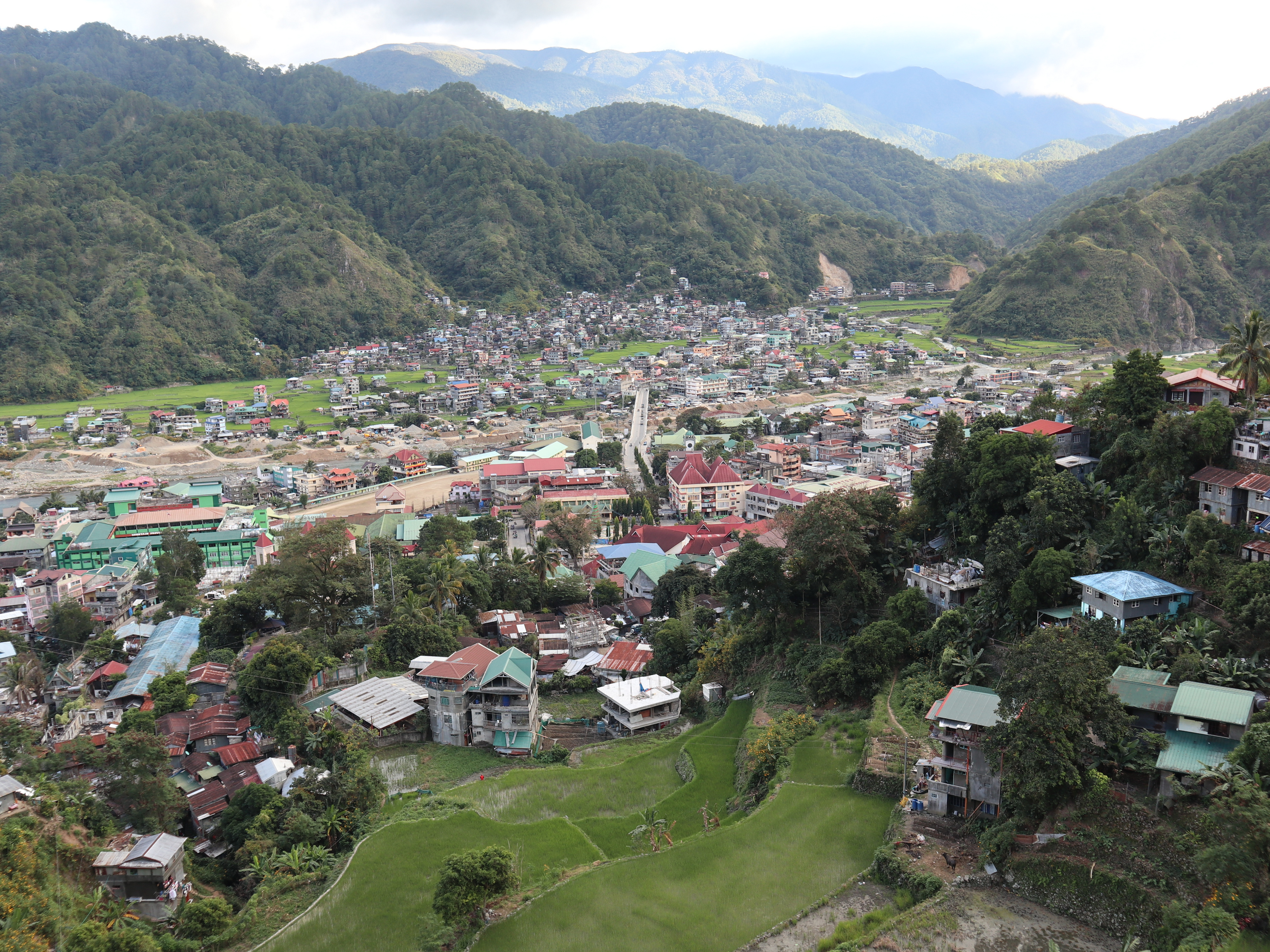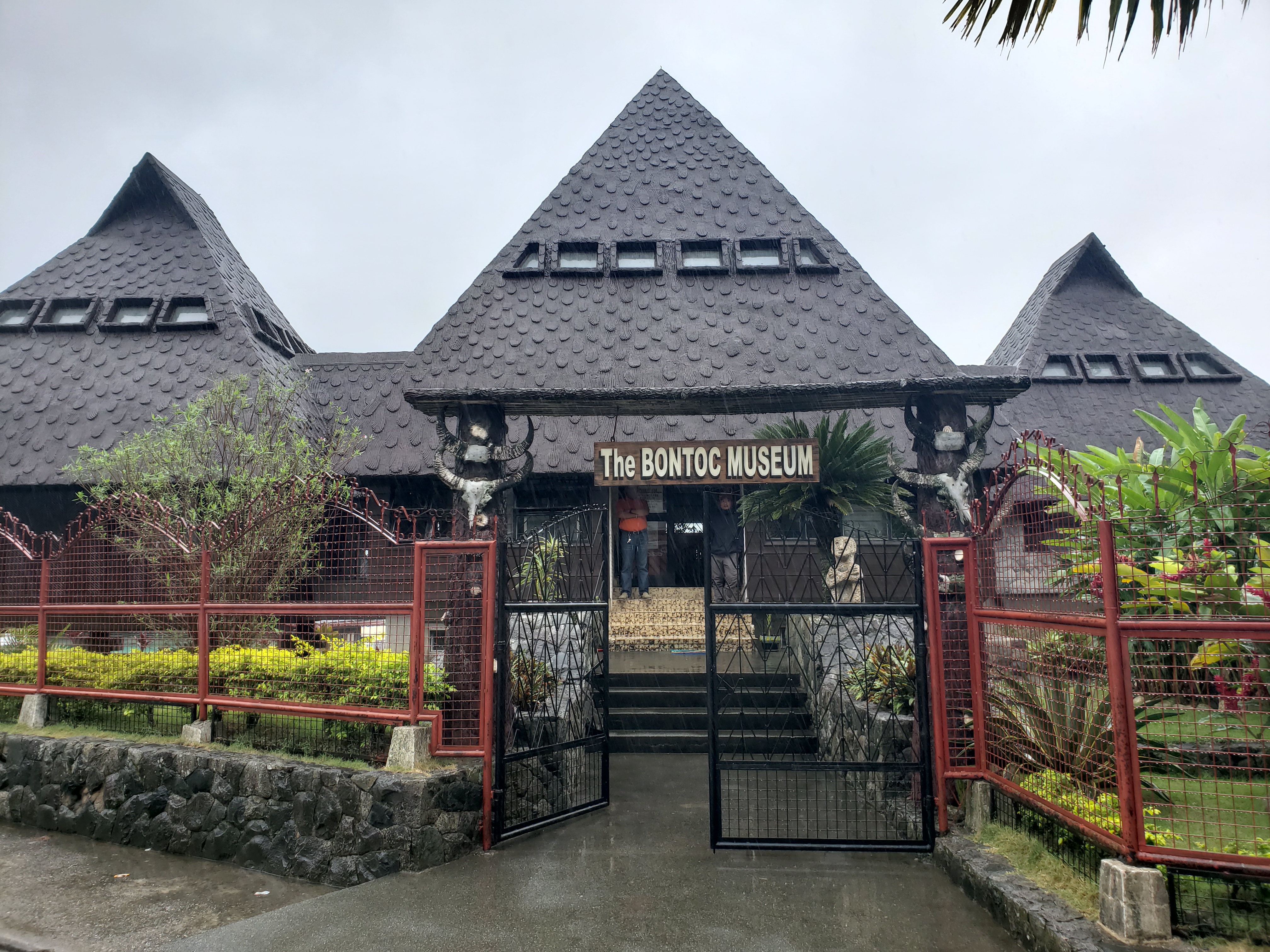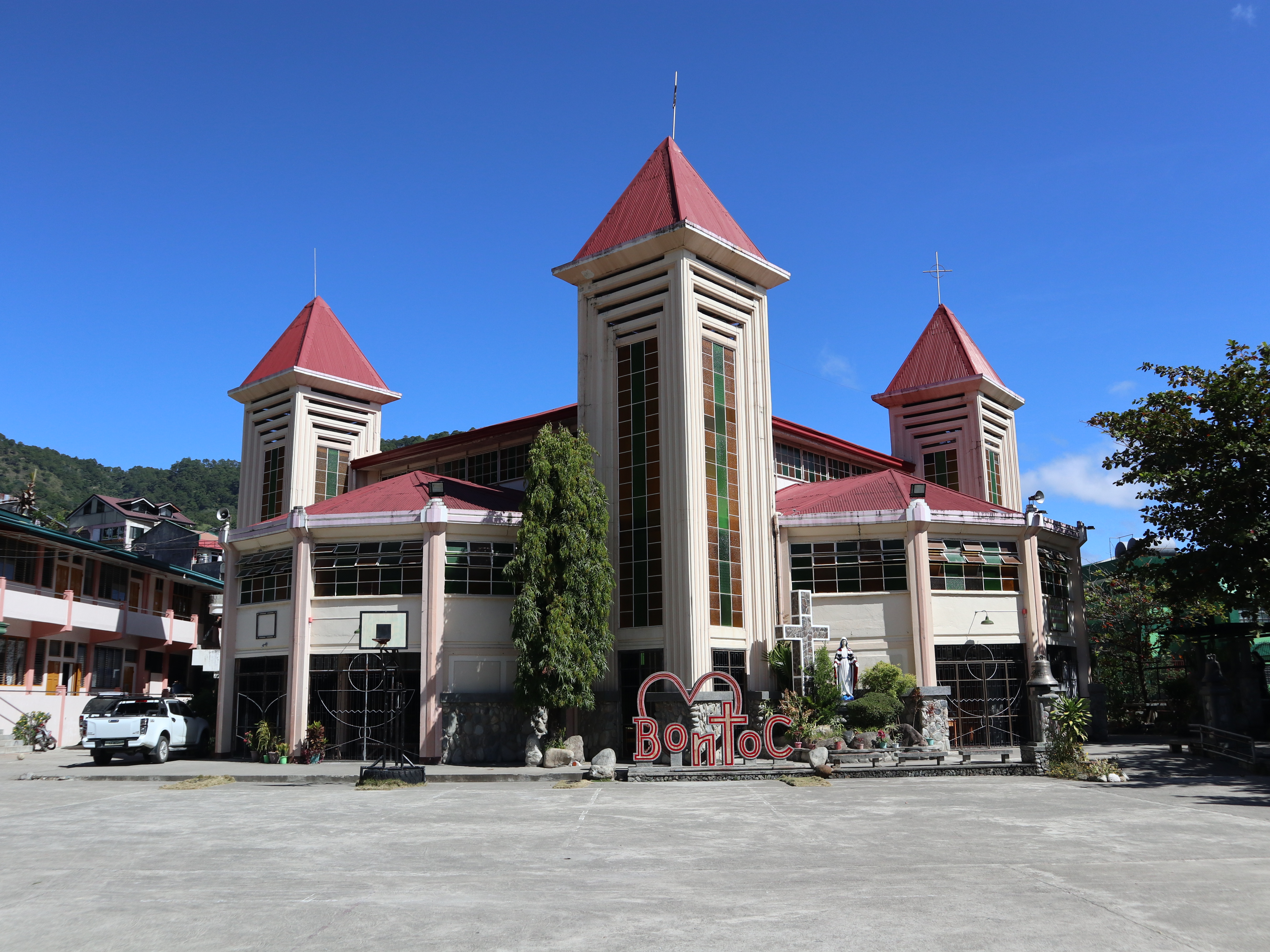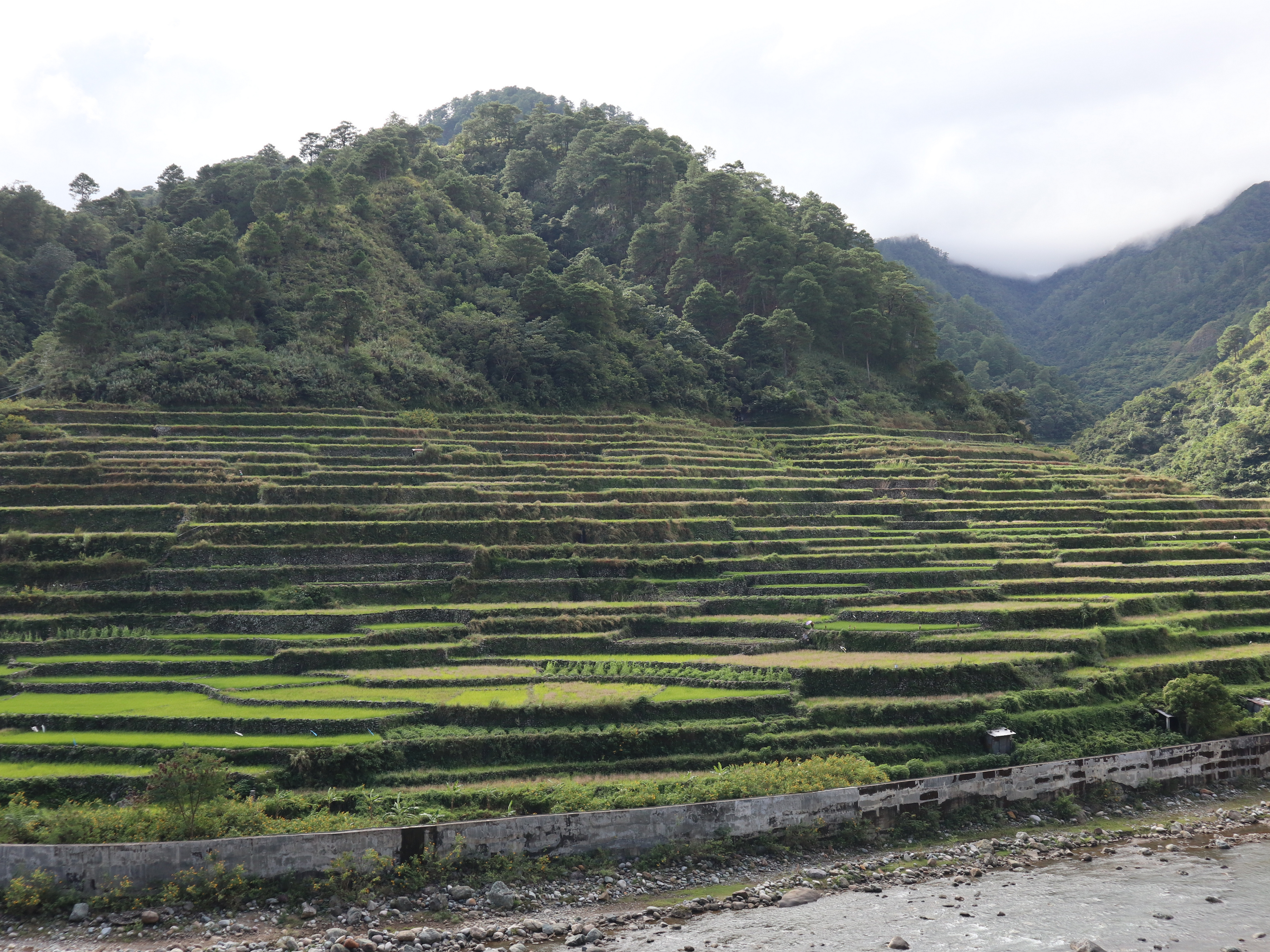Welcome to Bontoc in the Mountain Province, and welcome to Anthro on Foot's walking tour! This is
a self-paced walking tour that features key heritage sites and cultural highlights in the area. We hope you
enjoy this tour
as much as we enjoyed curating it!
The Bontoc Igorots live in this mountainous terrain and have engaged in subsistence agriculture,
cultivating crops
suited to the high-altitude environment since time immemorial. Hence, the namesake Bontoc, from the
local words
bun (or heap) and tuk (or top), collectively meaning mountains.
Precolonial Bontoc society was organized around extended families and kinship ties. The social
structure was
characterized by a complex system of leadership. The community was led by a local leader known as
the ato. The
ato served as the head of the community and made decisions for the welfare of the people.
Agriculture has always been a central aspect of Bontoc life, and the people practiced terrace
farming to cultivate
crops such as rice, root crops, and vegetables in the mountainous landscape.
Spanish colonization of the Philippines began in the 16th century, and missionaries played a
significant role in
introducing Christianity to the Bontoc Igorots, leading to changes in religious practices and
cultural norms.
Bontoc gained recognition in 1887 when it was established as the Spanish district's seat.
Bontoc served as
headquarters for the Commandancia Politico-Militar de Bontoc, a subordinate to the Politico-Military
District of
Lepanto, starting in January 1857. A Royal Order on June 24, 1858 designated the District of Bontoc
as an
independent military command. It was among the ten politico-military commandancias established by
the Spanish
colonial government between 1847 and 1891 in the Cordillera to exert political control over
independent Igorot
tribes.




